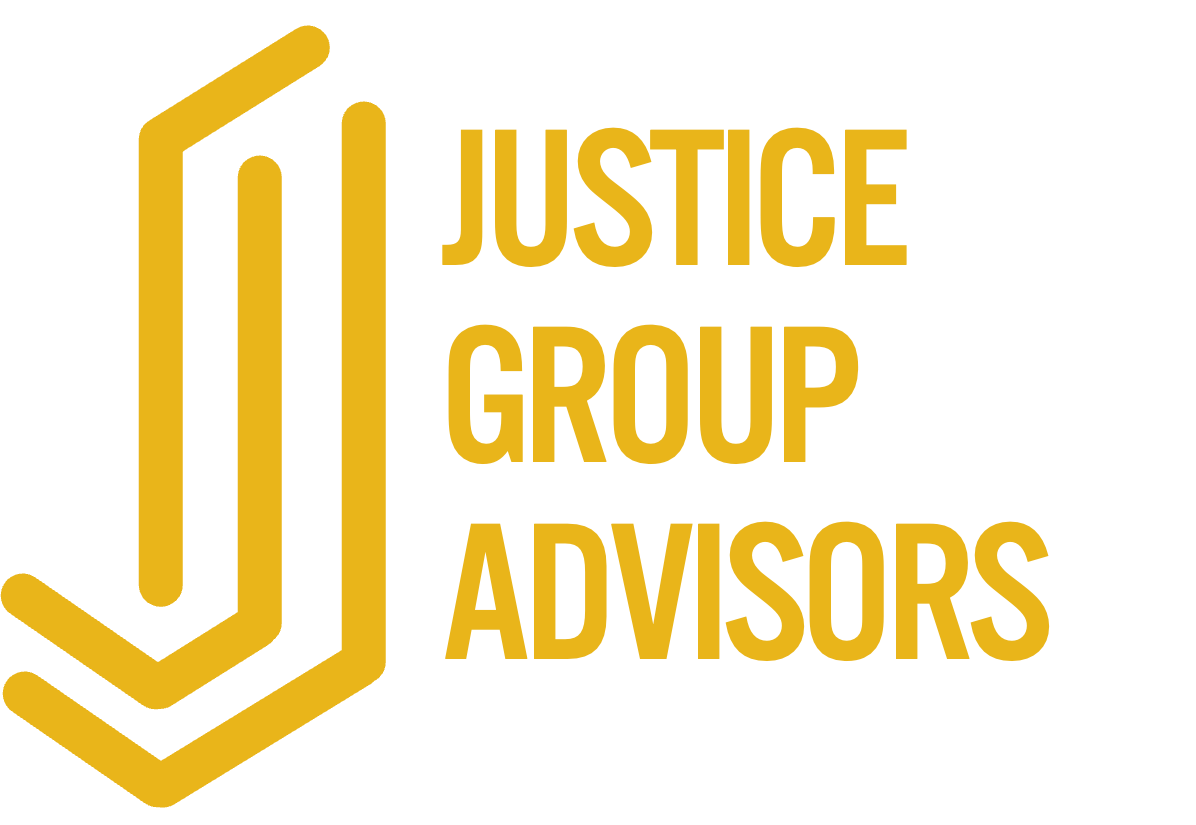The Real Reason Leadership Development Doesn’t Stick—And How HR Can Fix It
This is Part 4 in a series on rethinking leadership development. If you missed the earlier posts, you can start with Part 1: Why Leadership Training Fails.
You’ve invested in leadership training before.
You’ve brought in top facilitators, carefully selected the right content, and designed a program that should, in theory, make managers better leaders.
But months later, the impact is barely noticeable.
The same leadership challenges keep coming up. The same gaps exist.
And deep down, you’re wondering: If leadership training is so important, why does it feel like nothing ever really changes?
The Leadership Training Problem No One Talks About
Most HR teams assume that if a leadership training program is well-designed, engaging, and well-received, it should lead to better leadership.
But that’s not how real behavior change works.
Because leadership isn’t just about what managers know. It’s about what they actually do—how they navigate tough conversations, make decisions under pressure, and lead their teams in real time.
And no amount of training, no matter how good, will create lasting change unless managers are able to apply what they’ve learned in a way that sticks.
So the issue isn’t the training itself. It’s what happens after.
Why Leadership Development Fails After Training Ends
Leadership training fails when:
Managers leave a session inspired but don’t have a clear way to implement what they’ve learned.
There’s no built-in reinforcement, so old habits take over the moment real work begins.
Training happens in isolation, instead of in the real business context where leadership actually matters.
HR focuses on getting managers through a program, instead of ensuring they actually apply what they’ve learned over time.
It’s not that leadership training isn’t valuable. It’s that training alone isn’t enough.
Because leadership development isn’t a single event—it’s a continuous process.
What Actually Makes Leadership Development Stick
If you want real leadership growth, managers need:
Real-world reinforcement. New leadership behaviors have to be supported and reinforced over time, not just introduced in a one-time session.
Ongoing leadership conversations. Leadership development can’t be something managers “complete.” It has to be something they practice, reflect on, and discuss consistently.
A system that holds them accountable. Without structure and follow-up, even the best leadership training will fade. But when managers are expected to apply what they’ve learned—and they have support along the way—it sticks.
The best leadership development isn’t just training. It’s an ongoing system that builds leadership into the way work happens every day.
The Shift HR Needs to Make
For leadership development to actually work, it can’t be something HR owns alone.
It has to be built into the business.
That means moving away from training as a one-and-done solution and toward an approach that ensures leadership behaviors are reinforced, repeated, and refined over time.
Instead of asking, "How do we train our leaders?" HR leaders need to be asking, "How do we make leadership growth a natural part of how we work?"
Because when leadership development is designed to be continuous—not just an event—it doesn’t just stick.
It transforms.
And when that happens, leadership development stops feeling like something you have to push.
It becomes something that pulls managers forward.
→ Want a done-for-you way to make this happen? Join the Leadership Lab
Want more practical takes like this?
✨ P.S. This is exactly the kind of challenge we’re tackling inside The Leadership Lab. Join Now as a Founding Member.
It’s a new space for HR and L&D leaders who want to make manager development actually work—in real conversations, not just workshops.
👥 Founding Membership is open now, and the first session drops in June.





Surveys offer snapshots, not clarity. This post explores what HR leaders miss when they rely on episodic feedback—and what real listening actually looks like.